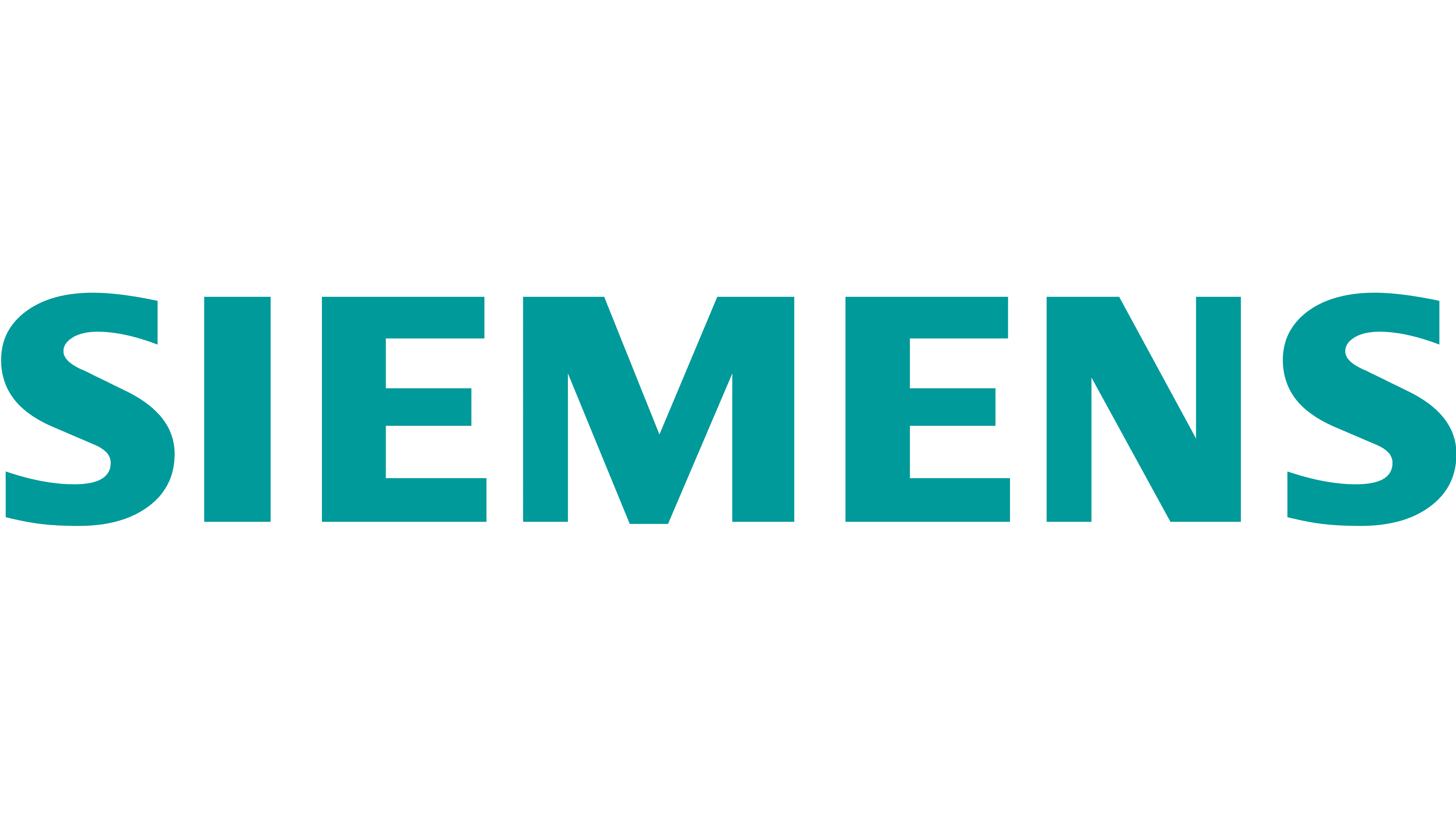
D-Tek Controls is your trusted expert in building automation.
We install, and maintain cutting-edge control systems tailored to
your specific needs.
832-632-8489
15255 Gulf Freeway Suite 145 D
Houston TX 77034 United States
Our diverse client base includes hundreds of facilities throughout Texas, encompassing major healthcare systems, universities, private and parochial schools, oil & gas companies, food service, and more.
Clients + Partners




D-Tek has cultivated strong, long-term relationships with our partners through
consistent delivery of quality work and a strong adherence to project timelines.
We are continually seeking new opportunities to collaborate with innovative
companies. Our team is readily available to connect via email or phone.
What does Project Implementation look like with DTEK?
The following details our project implementation on new builds and reconcstructions from initilal RFP to executi0n.
1. Request for Pricing
The RFP includes CAD drawings and Scope of Work
2. Site Walk
Site walks are required for retrofit projects (Replacement of HVAC control devices in an existing building)
3. Proposal
Next, D-TEK submits a written proposal to the client
4. Purchase Order
Both parties will sign the contract, and the client creates Purchas Order.
5. Team Mobilized
Consists of assembling our team of professionals to perform a 2nd “site walk” where the mechanical, architectural, and civil Drawings are reviewed in the real world setting and staging materials and devices for installation.
Air Controllers
Air controllers are automated devices that regulate airflow and conditions within a building.
They optimize temperature, humidity, and air quality to create a comfortable and healthy indoor environment.
By efficiently managing HVAC systems, air controllers contribute to energy savings and overall building performance.
Automation Systems
Automation systems utilize advanced technology to control and regulate HVAC systems.
By optimizing energy efficiency and maintaining optimal indoor comfort
and air quality, these systems can significantly reduce energy consumption, lower utility costs, and enhance the overall building environment.
Low Voltage AV
Low voltage AV systems are commonly used in home theater systems, distributed audio systems, and home automation systems. They can also be used in commercial settings, such as conference rooms and retail spaces.
Low voltage AV systems are often powered by a transformer, which converts the standard 120-volt AC power supply to the 12-volt DC power supply required by the system. The transformer also helps to regulate the voltage and protect the AV system from voltage fluctuations and surges.